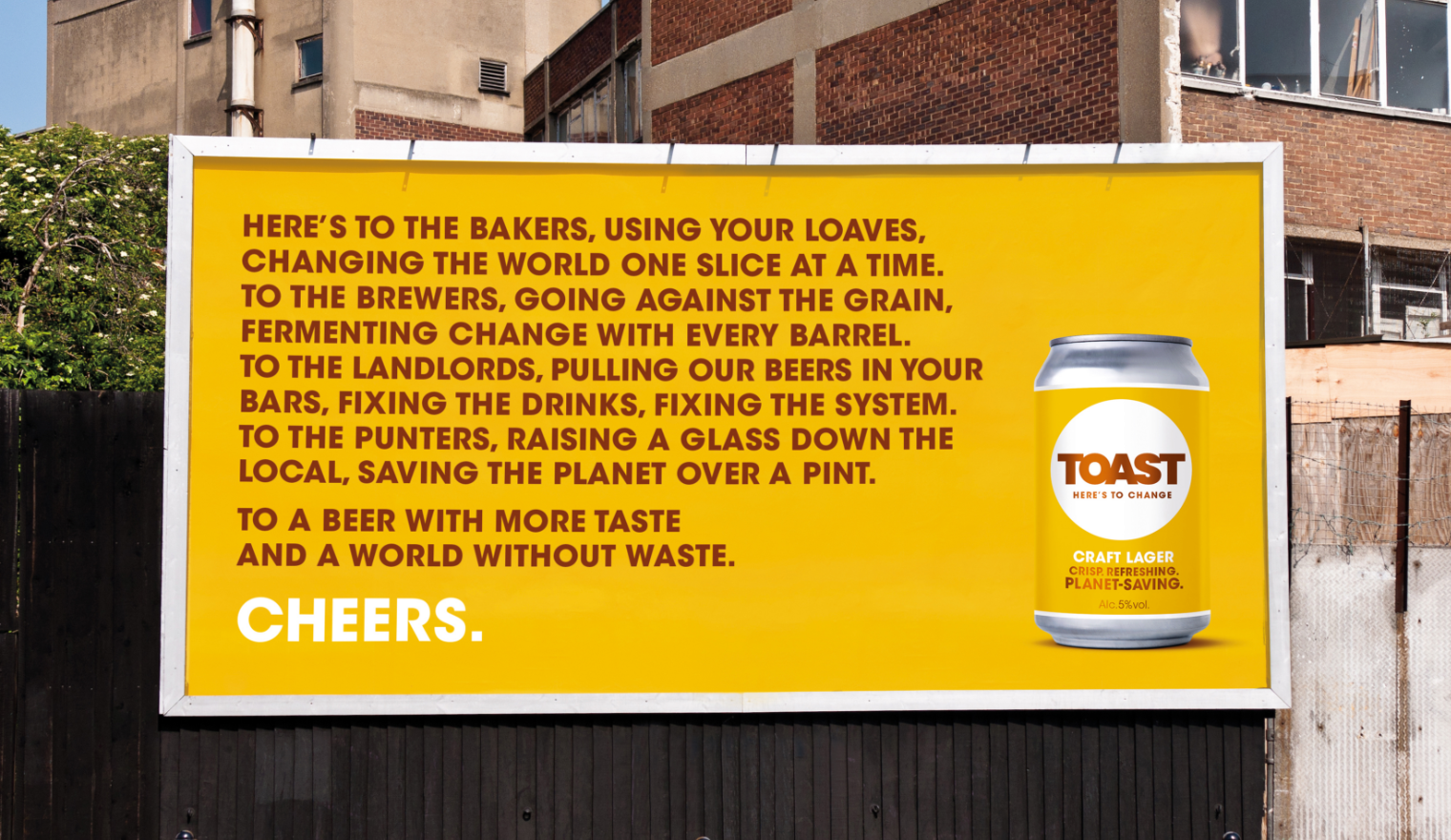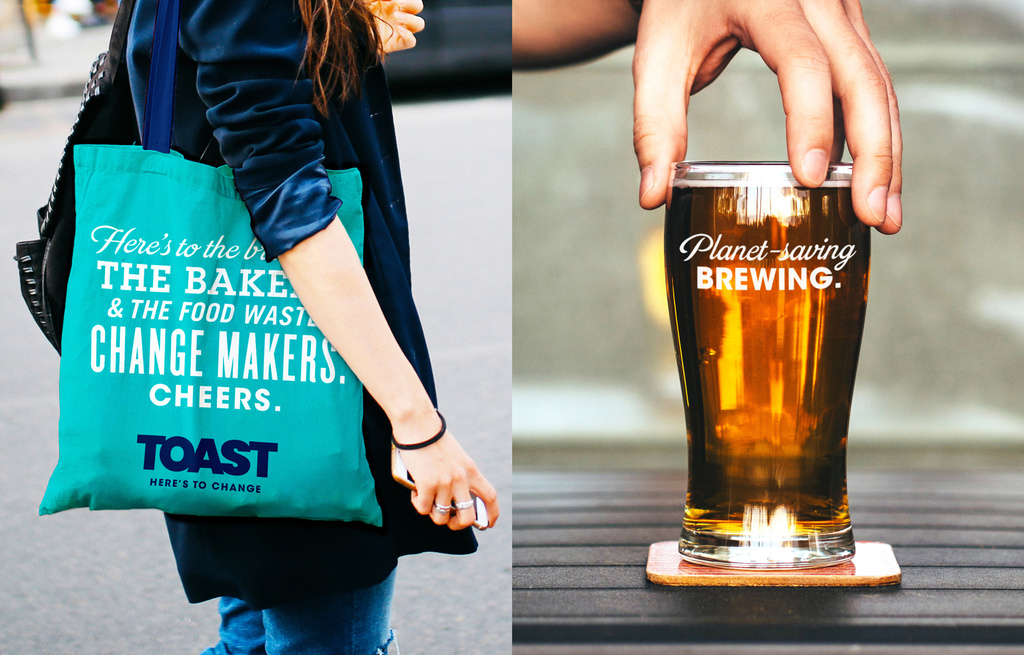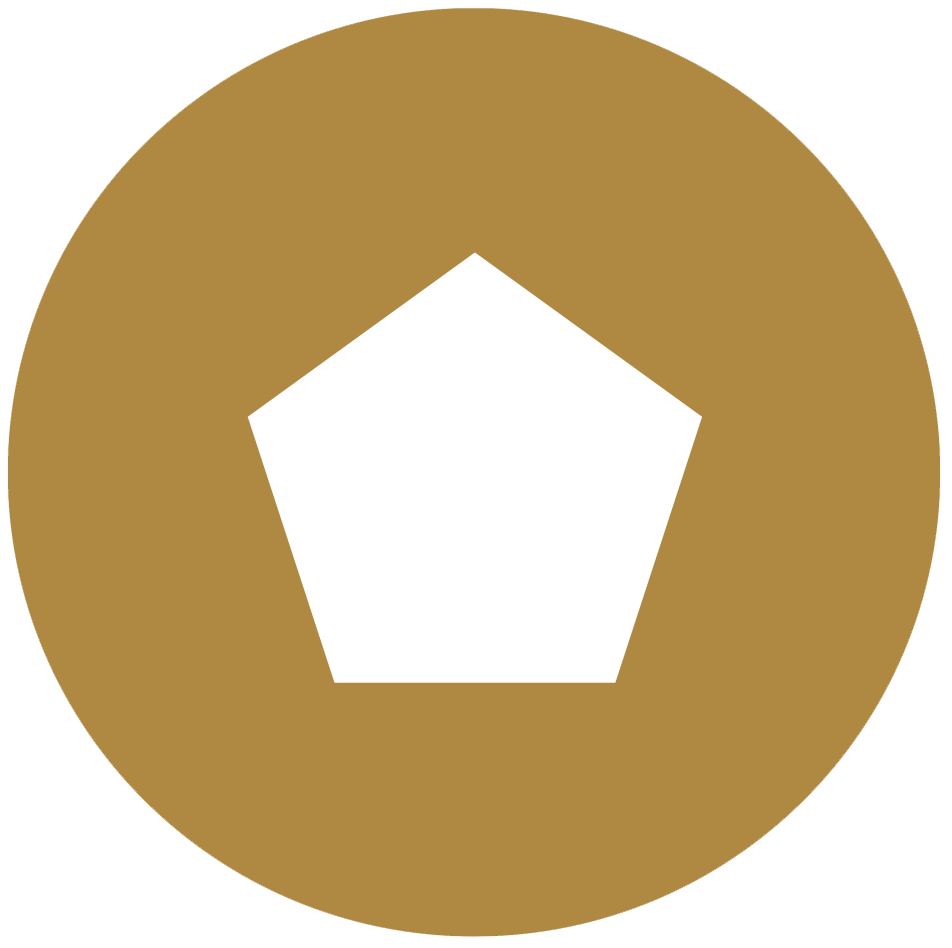
Back B&B Studio: build the brands that matter
In this article, we interview Shaun Bowen, the Co-Founder and Creative Partner of B&B Studio who shares his experience of building entrepreneurial brands and his insights on how brands can adapt to the future of packaging.
Can you tell us a bit about yourself and B&B Studio
I am Co-Founder and Creative Partner of B&B studio. We founded B&B in 2009 with the mission to work with clients who understand the power of design and its role in creating brands for a brighter, fairer and braver future. Since then, we have been lucky to collaborate with some fantastic founder-led and entrepreneurially minded businesses.
In many cases, we have positioned and designed brands from scratch, and we then grow alongside them. This has been the case with clients such as fruit snacking brand BEAR, eco-friendly baby brand Kit & Kin, craft soda Dalston’s… amongst many others. BEAR was our first client and we still work with them today as they operate as a global business.
We are a team of 30, made up of designers, brand strategists, production experts and client services. We are usually based in Old Street, East London, but we can currently be found all over as we have been operating virtually since March 2019 during Covid-19.
What is your company philosophy, what motivates you?
Our philosophy is based around building the brands that matter. We believe that brands today have a responsibility to effect positive change and respond to consumers’ desire for a better, healthier and more sustainable product. At a time of growing distrust, there is a real appetite for brands that can be trusted.
I am motivated by the innovators and idealists who believe they can help create a brighter future and understand the role that design has to play. When we collaborate with these clients, we can create designs that really pushes categories forward. I am also motivated by the B&B team and seeing people grow and thrive within the business!
B&B Studio has worked with many famous entrepreneurial food and beverage brands in the UK. Can you tell us about some of your favourite designs from the last few years?
Fever-Tree
Fever-Tree is a favourite because it showcases the true craft of brand design, and is a great example of how design can create truly iconic brand equities. Our work helped to elevate the Fever-Tree brand and empowered the portfolio for future growth. It has been really inspiring to see how well the brand has done over the years.



Pip & Nut
Pip & Nut is another favourite and another example of a brand we created from scratch that we still work with today. The Pip & Nut visual identity is positioned around the idea of positive energy which comes to life through all elements of the brand. The design has helped Pip & Nut to completely disrupt the nut butter category, progressing it from toast topping to a cooking ingredient and lifestyle brand.
Pip & Nut is a great example of the impact that design can have on business success. The identity has enabled stretch across new product variants and helped to create huge engagement.



Toast Ale
Recently, I have been inspired by working with a circular economy beer brand Toast Ale. Toast Ale brew quality beer with surplus bread that would otherwise go to waste and all profits go to charities fixing the food system. A great example of a true ‘brand that matters’, in 2019 Toast Ale re-used 851,000 slices of surplus bread, saving 108.4m3 of water, 7.5 hectares of land and avoiding 11 tCO2e of emissions.
Our rebrand of Toast Ale has put this planet-saving potential front and centre and combines the product and purpose through an impactful visual identity alongside a motivational tone of voice and mission-led manifesto.



What is it like working with entrepreneurial brands and start-ups?
There is an energy and passion that comes from partnering with founder-led and entrepreneurial brands, and it’s great to partner with clients that have this mindset. Recently we asked ten founders that we have built brands with what they think makes a successful entrepreneur. They mentioned things like ‘collaboration’, ‘trusting your gut’ and ‘embracing uncertainty’. I think traits such as these really help to push the boundaries of creativity.
How do you stay creative and find inspiration?
It sounds like a cliché, but we have to make sure we step away from the screen and get outside. We also need to get out of our comfort zones and find inspiration outside of our immediate worlds. And of course, sometimes inspiration comes best when the mind is relaxed and doing something mundane.
What are you looking forward to working on in the future? Anything exciting coming up that you can share?
We are getting excited about the ways in which brands are shifting and flexing around traditional retail models, and what this means for brand identities and design. Direct-To -Consumer is offering exciting new possibilities for sustainable and reusable packaging, and brand identities have to be able to flex across more touch-points than ever. We are of course bound by confidentiality, but we look forward to sharing new work soon!
What do you think the future of packaging for the food and beverage industry looks like?
Across sectors, we have seen a greater awareness of the huge need to reduce packaging and consider re-usability. This isn’t new news! However, we’re not there yet, and I think we will see an ongoing shift towards creative sustainability in packaging. Either packaging will have to be stripped right back, or else it will have to justify itself with multiple uses and desirable re-usability. This is exciting for designers as there is an opportunity to create packaging that helps to encourage new brand behaviours.
As direct-to-consumer food and drink brands increase, brands are further considering how design can encourage dual-purpose packaging and re-usability. For example, the Dalston’s outer-boxes are being used as DJ booths and storage boxes. Sustainability has to be front of mind, but if packaging can’t be designed out, it now needs to work harder than ever. Importantly, the role of the brands’ visual identity is the key to making these experiences desirable.


How can the designers and brands get ready for this future?
Brands and designers must always consider the consumer and how the brand can create a better and more engaging sustainable experience. It’s not difficult to create more sustainable packaging, but it is difficult to create an uncompromised product experience or make behaviour change feel desirable and worthwhile. Brands must make sure they have a solid understanding of their purpose and how to make that purpose matter to consumers. Knowing who they are as a brand will empower the most exciting and creative brand experiences.
If there was one thing you could change or improve within the industry, what would it be?
We need to tackle the barriers that young people face to get into the creative industries. The creative industry needs diversity if it is to thrive and we constantly need to be thinking about how and what we can actively do to encourage this.
To you, what is the power of design?
I see the power of design come to life in many ways. It solves problems and makes things better and more effective, but it also has the ability to shape our understanding and shape culture. It can make people see things differently and feel differently.

Shaun Bowen , Co-Founder and Creative Partner of B&B Studio
Find out more about B&B Studio at www.bandb-studio.co.uk






